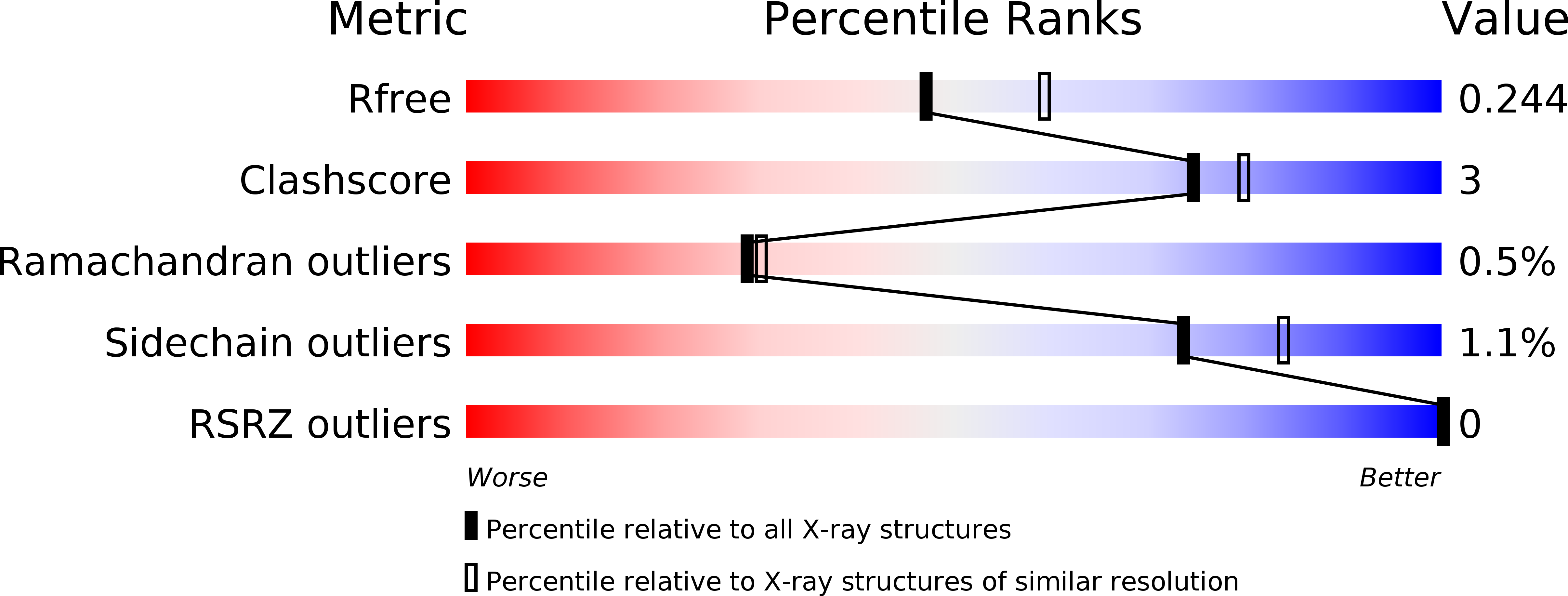
Deposition Date
2016-09-05
Release Date
2016-10-26
Last Version Date
2024-01-17
Entry Detail
PDB ID:
5LSO
Keywords:
Title:
Crystal structure of SPF45 UHM domain with cyclic peptide inhibitor
Biological Source:
Source Organism:
Homo sapiens (Taxon ID: 9606)
Host Organism:
Method Details:
Experimental Method:
Resolution:
2.22 Å
R-Value Free:
0.24
R-Value Work:
0.18
R-Value Observed:
0.19
Space Group:
P 1 21 1


